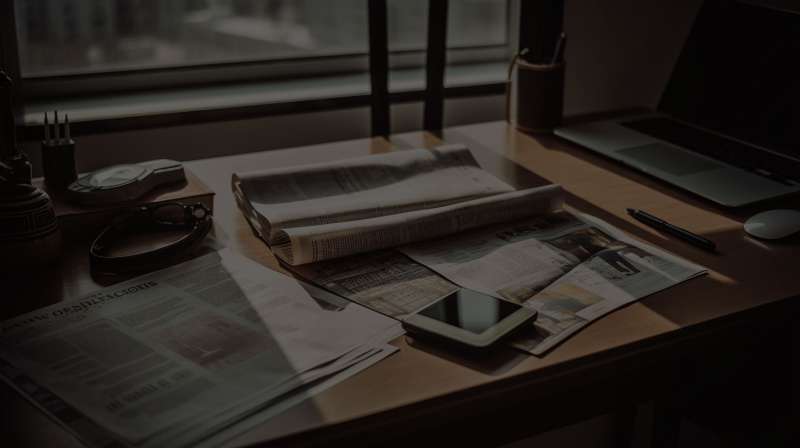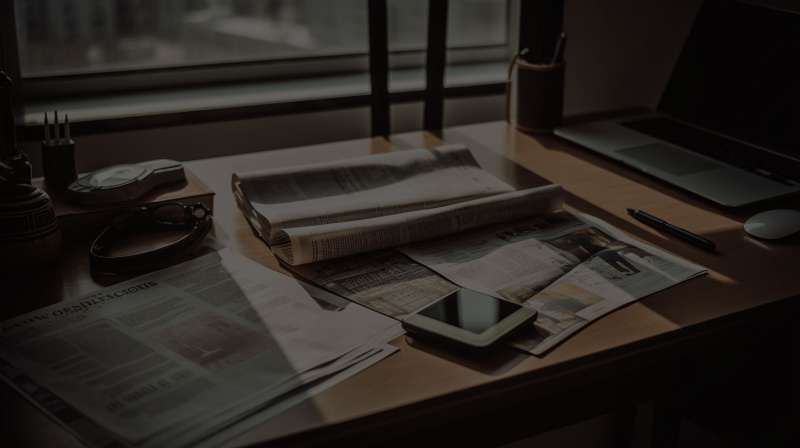The Asian Oil and Gas Awards 2022 were recently held and we are thrilled to announce that our team won the Health and Safety Initiative award. This is a great achievement for us and we are proud of the hard work and dedication that our team has put in to make this happen.
The oil and gas industry is one of the most challenging and dangerous industries in the world. It requires constant attention to safety and the implementation of strict protocols to ensure that workers are protected from potential hazards. Our team has been working tirelessly to improve safety measures and implement new technologies to make the workplace safer for our clients.
One of the key factors in our success was our partnership with CR3. Through this partnership we are able to provide professional rescue training from inert atmosphere which helps to improve our emergency response capabilities. Their expertise was instrumental in helping us to develop a culture of safety in our field.
The Asian Oil and Gas Awards are a recognition of the outstanding work that companies are doing to improve the industry. We are honored to be recognized for our efforts and we will continue to work hard to improve the safety and well-being of our partners and clients.
We would like to take this opportunity to thank CR3 for their support and partnership. Their expertise in rescue training was invaluable and we look forward to continuing to work together in the future.
We also want to take this time to congratulate all the other winners at the Asian Oil and Gas Awards 2022. The oil and gas industry is a challenging one and it takes a lot of hard work and dedication to achieve success. We are proud to be part of such an outstanding group of companies and individuals.
In conclusion, winning the Asian Oil and Gas Awards 2022 Health and Safety Initiative is a huge achievement for our team and it is a testament to our commitment to safety. We will continue to work hard to improve the safety and well-being of our clients and to make the oil and gas industry a safer place to work.
A sign is 'something that you see, hear or feel' such as a wound, bleeding, discolourations, or deformities. Whereas a symptom is 'something that the patient tells you is wrong' which may be nausea, thirst, dizziness, or pain.
Assessment first aid is the treatment of conditions that are not immediately life threatening uncovered during either an illness assessment or an injury assessment. For example, applying a bandage to a wounded patient is assessment first aid and lay rescuers can greatly reduce suffering and long term disabilities by applying their first aid skills.
Performing Injury Assessment
Step treads are declining in nature so a casualty's head can hit onto the higher steps making it easier to sustain serious injuries such as;
Perform a primary assessment and monitor the patient's Cycle of Care AB-CABS
Explain the assessment procedure to the patient and apply protective barriers
Begin at the patient's head
- Treat the patient in the position found and stabilize the head and neck responding orally
- Check the forehead, cheeks and chin for deformities
- Check the ears and nose for blood or fluid
- Ask the patient to track your finger in front of their eyes for smooth tracking (no head movement)
- Check the pupils for equal size and reaction to light
- Feel the skull and neck for abnormalities
- Slide your hands over the shoulder blades and gently push your palms against the back
- Move your hands outward to the shoulders and gently press inward
- Run two fingers cautiously over the collarbones
- Slide a hand down each arm, stabilizing the shoulder, elbow and wrist joints (Check for swelling, hardness, tissue softness, points of tenderness or deformities). Ask the patient to wiggle the fingers and squeeze your hand
- Gently press the rib cage feeling for abnormalities or pain
- Reach around and feel along the spinal column from each side without moving the patient
- Gently push on the abdomen, right and left side and above and below the navel
- Gently push inward on the hip bones sliding a hand down each leg, knee, lower leg and ankle. Check for swelling, hardness, tissue softness, points of tenderness or deformities and ask the patient to wiggle the toes or press the sole of their foot against your hand
Note areas of pain or abnormality to report to EMS personnel, continue to monitor the patient's Cycle of Care and avoid giving injured patient's anything to eat or drink should they need surgery.




Share on social media